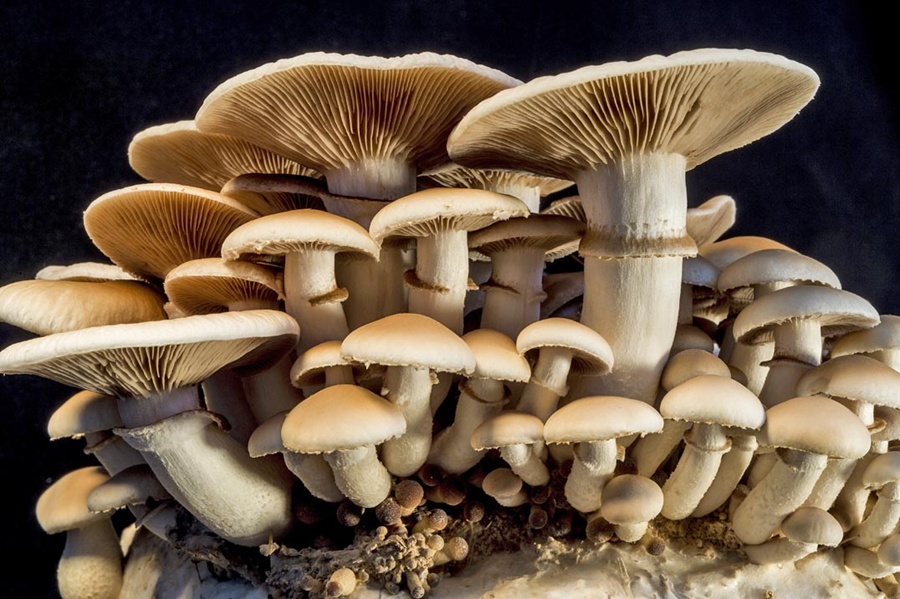How Mushrooms Could Help Overcome Disease
Mushrooms possess a wide range of bioactive compounds that have shown promise in helping to overcome various diseases. While more research is needed, several ways in which mushrooms could contribute to disease management and prevention include:
1. Immune Support: Many mushrooms contain polysaccharides, beta-glucans, and other compounds that have immunomodulatory effects. These compounds may help regulate the immune system, enhance immune function, and improve the body's ability to defend against infections and diseases. By supporting immune health, mushrooms could potentially aid in overcoming infectious diseases and bolstering the body's defenses against pathogens.
2. Antioxidant and Anti-inflammatory Properties: Mushrooms are rich in antioxidants such as phenolic compounds, flavonoids, and vitamin C, as well as anti-inflammatory compounds like triterpenoids. These bioactive molecules can help reduce oxidative stress, inflammation, and cellular damage, which are implicated in various chronic diseases such as cardiovascular disease, diabetes, and cancer. By mitigating oxidative and inflammatory processes, mushrooms may help prevent or alleviate the symptoms of these conditions.
3. Anti-cancer Effects: Certain mushrooms have been studied for their potential anti-cancer properties. Compounds found in mushrooms, such as polysaccharides, triterpenes, and lectins, have shown cytotoxic effects on cancer cells, inhibiting their growth, proliferation, and metastasis. Additionally, mushrooms may modulate immune responses and exert antiangiogenic effects, making them potential adjuncts to conventional cancer treatments or preventive agents against cancer development.
4. Neuroprotective and Cognitive Benefits: Some mushrooms contain bioactive compounds that support brain health and cognitive function. For example, lion's mane mushrooms contain hericenones and erinacines, which have been shown to stimulate nerve growth factor (NGF) production and promote nerve regeneration in animal studies. These mushrooms may have potential applications in neurodegenerative diseases such as Alzheimer's and Parkinson's, as well as in improving memory, learning, and cognitive performance.
5. Antimicrobial and Antiviral Activity: Certain mushrooms possess antimicrobial and antiviral properties that can help combat infectious diseases. Compounds found in mushrooms, such as lectins, peptides, and secondary metabolites, may inhibit the growth and replication of bacteria, viruses, and fungi. By targeting microbial pathogens, mushrooms could potentially be used as natural alternatives to antibiotics and antiviral drugs or as adjuncts to conventional treatment regimens.
6. Metabolic and Cardiovascular Health: Mushrooms contain bioactive compounds that may help regulate metabolism, blood sugar levels, and lipid profiles, contributing to metabolic and cardiovascular health. For example, mushrooms rich in beta-glucans may improve insulin sensitivity, lipid metabolism, and glycemic control in individuals with diabetes or metabolic syndrome. Additionally, mushrooms with hypolipidemic effects could help lower cholesterol levels and reduce the risk of cardiovascular disease.
While mushrooms hold promise as functional foods and potential therapeutic agents, more research is needed to fully understand their mechanisms of action, optimal dosages, and efficacy in disease prevention and management. Additionally, individuals should consult with healthcare professionals before incorporating mushrooms or mushroom supplements into their diet or treatment regimens, especially if they have underlying health conditions or are taking medications.

Comments
Post a Comment